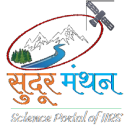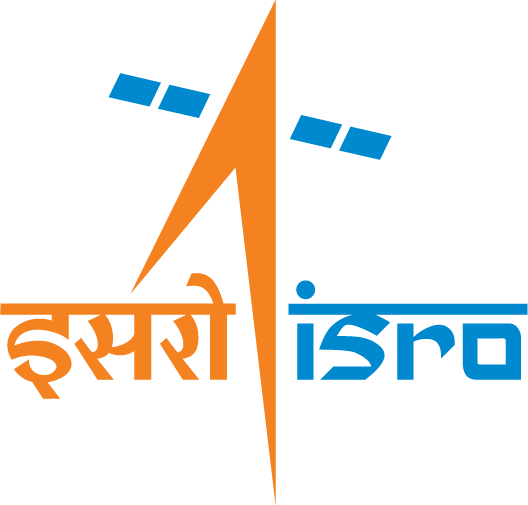In our rapidly evolving world, data is the new power of growth and development. It holds the power to reveal insights and transform the industries, scientific studies, education sectors and so on. Data Science is a multidisciplinary approach which is an intersection of three disciplines i.e. computer science, mathematics, and thematic domains such as agriculture, urban planning, insurance sector, healthcare and so on. Collaboration between these areas is key as we unlock the potential of big data. Big data, which encompasses structured, semi-structured, and unstructured data, offers a wealth of information that can reveal hidden patterns and knowledge relevant to a wide range of problems.
Data science offers a range of analysis types, each catering to different questions of complexity and value. And these are- Descriptive Analysis, Diagnostic Analysis, Predictive Analysis and Prescriptive Analysis. The Descriptive Analysis, where we ask the questions like “What is happening?”. To answer it, we need accurate data collection and compilation which are very crucial at this stage. The Diagnostic Analysis, we further explore the issues and ask the questions like “Why did something happen?” It’s about finding the root causes of the problems. Predictive Analysis, offers the forecasts or future scenarios like “What is likely to happen next?”. by using historical patterns in the data. The predictive analysis may also involve various modelling approaches by using algorithms and models. Finally, in Prescriptive Analysis, we answer the questions like “What do we need to do next?” – which is a question with the power to shape the future. For example, we can explore the solution of a problem like “How the water quality of river can be improved?”.
In every data science project, it all begins with understanding the problem where the domain knowledge is essential to frame the right question. In the next step, Data Mining is crucial where we collect and compile the required data for the analysis. Data Cleaning is an essential step, ensuring that unwanted or noisy data is removed, and the data is prepared for analysis. Data Exploration employs various analytical tools to answer critical questions. For more advanced analysis, we turn to the incredible power of Artificial Intelligence, Machine Learning, and Deep Learning algorithms. And finally, we present the outcomes through effective data visualization, using statistical approaches and advanced computer graphics.
In any successful data science projects there three important roles that is, domain experts, data engineers and data scientists. The Domain experts frame the questions that need answers and design appropriate visualization approaches. The Data engineers play a vital role in data cleaning and exploration, ensuring data quality and accessibility. The Data scientists delve into data exploration and develop advanced analytical techniques, such as AI, ML, and DL, while assisting with data visualizations. Strong collaboration and coordination between these roles is the backbone of successful data science projects.



